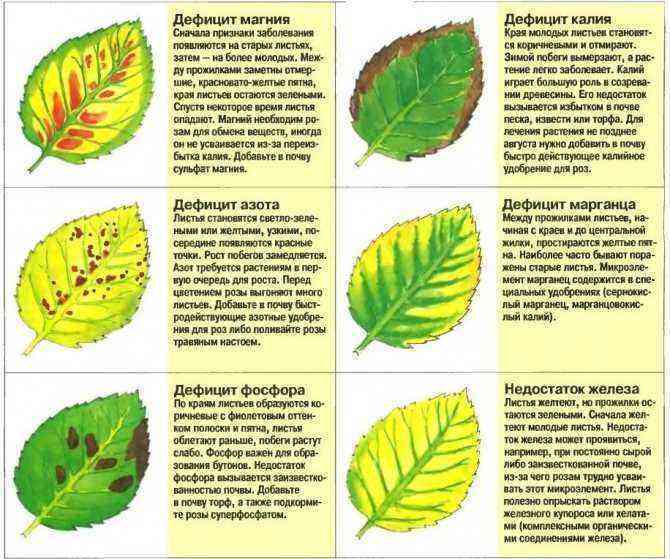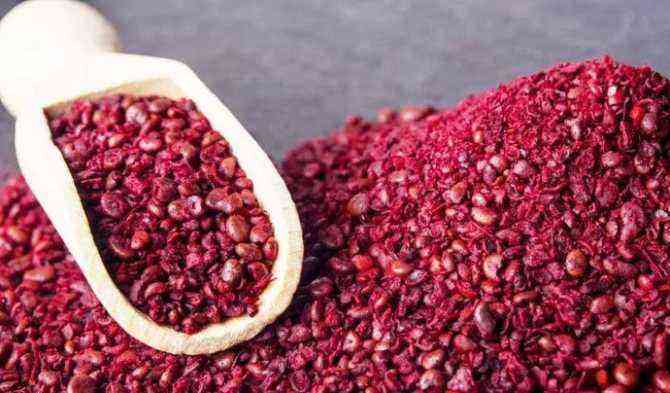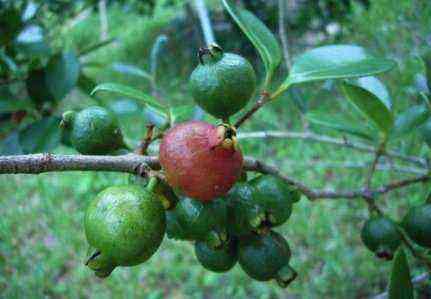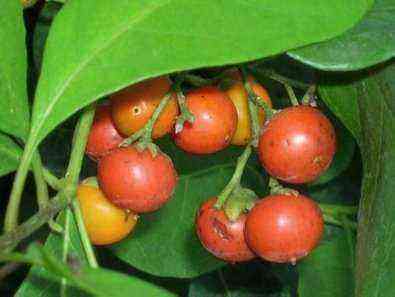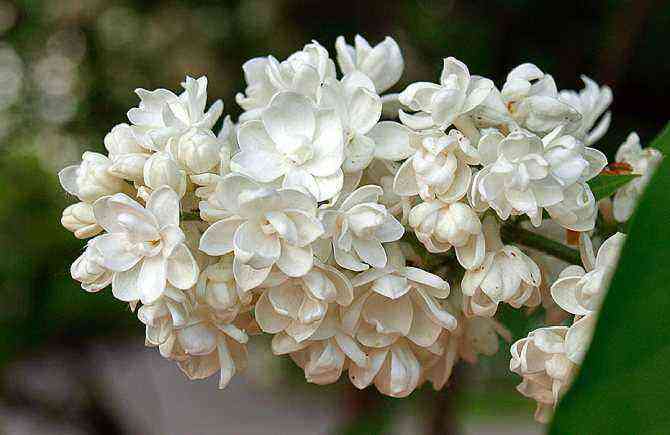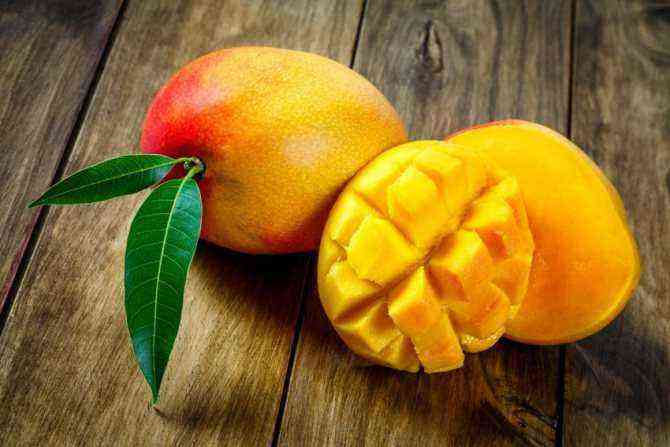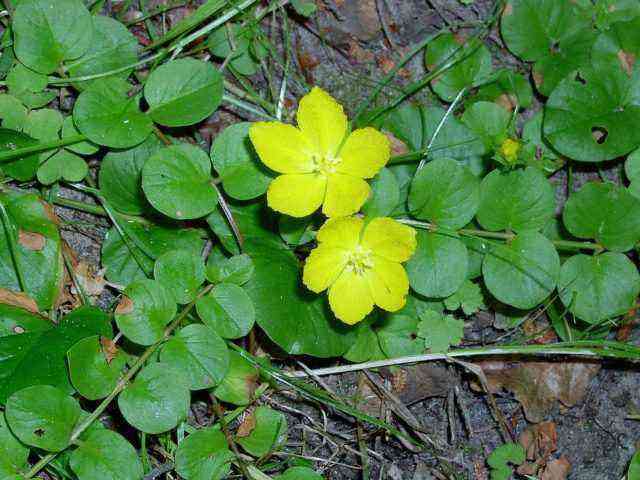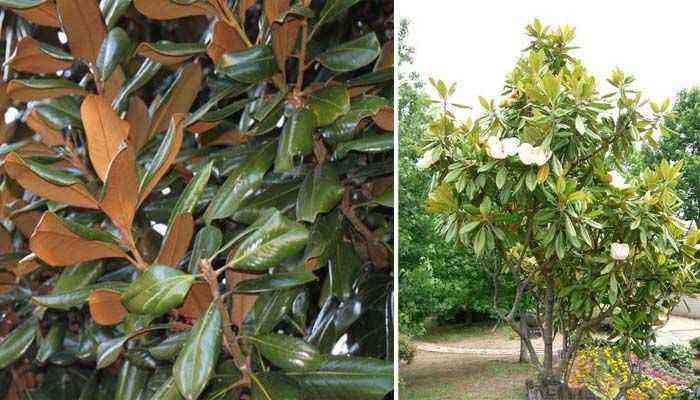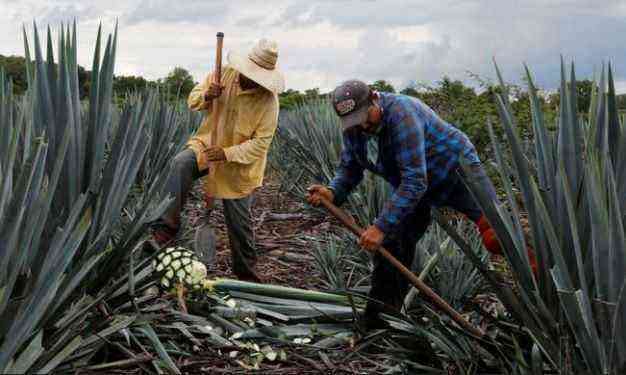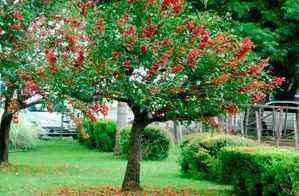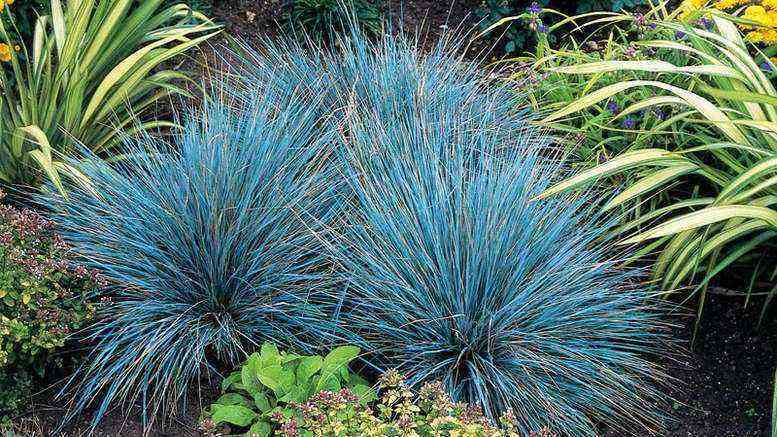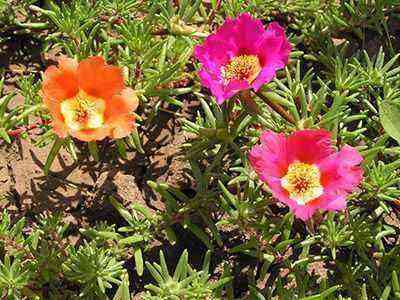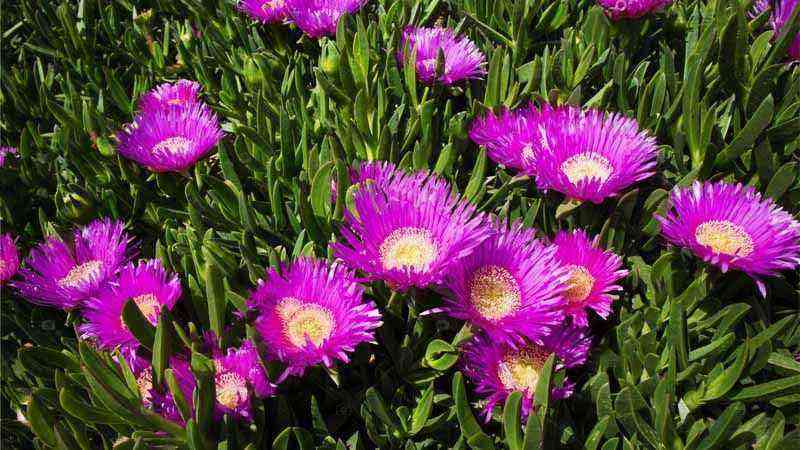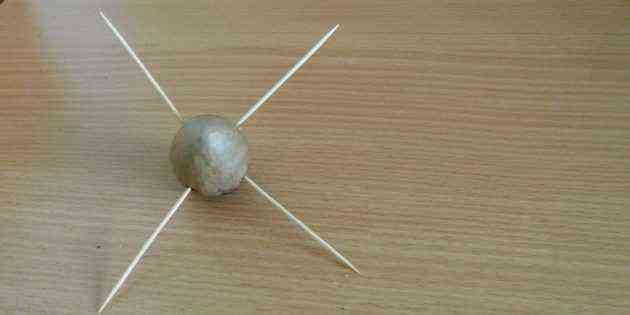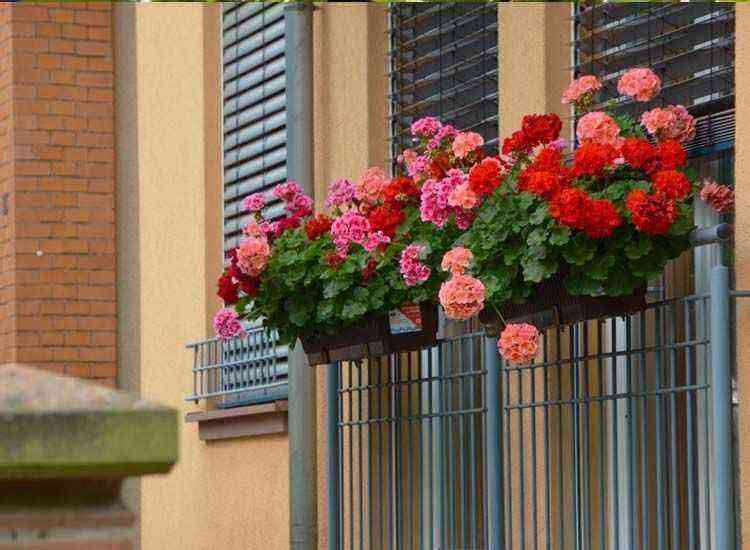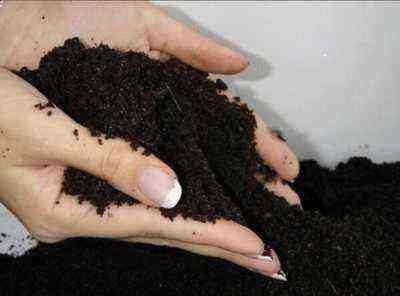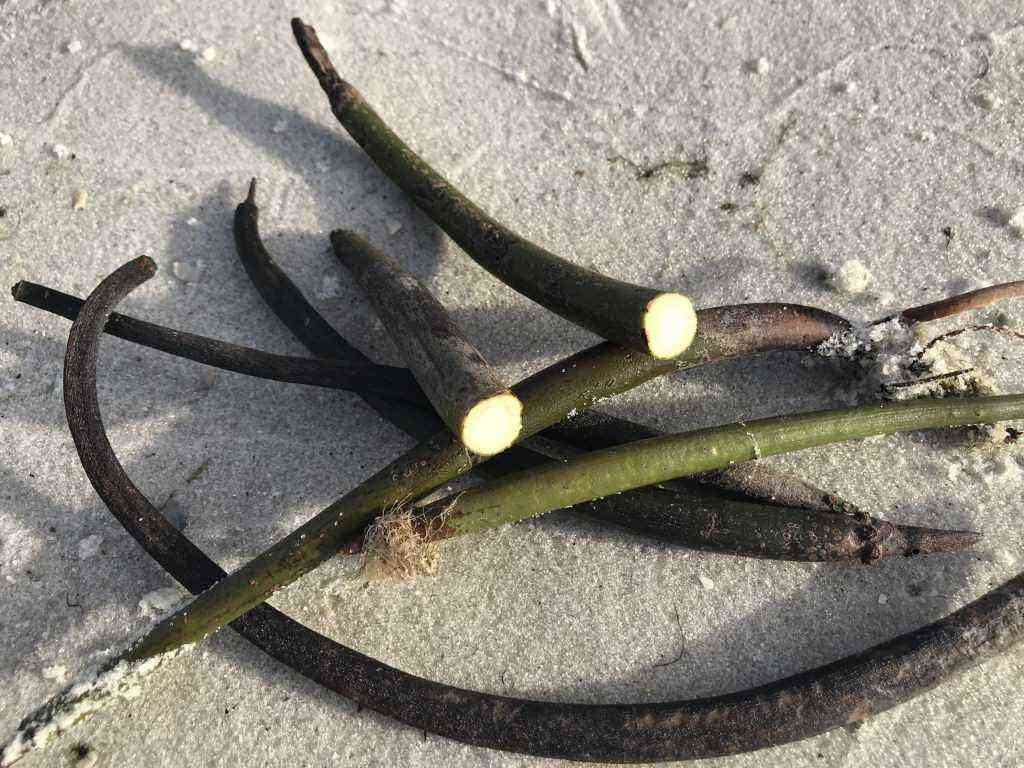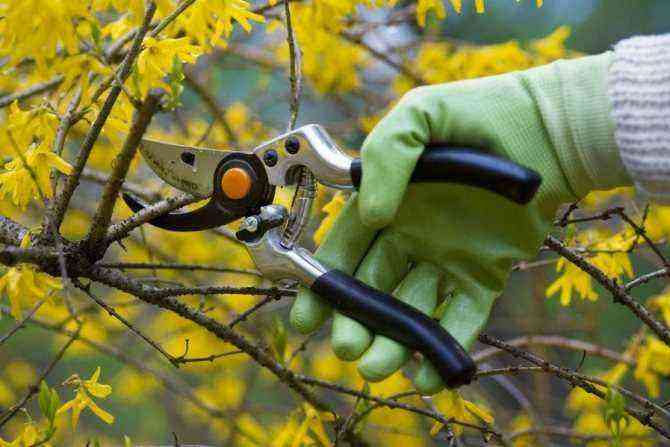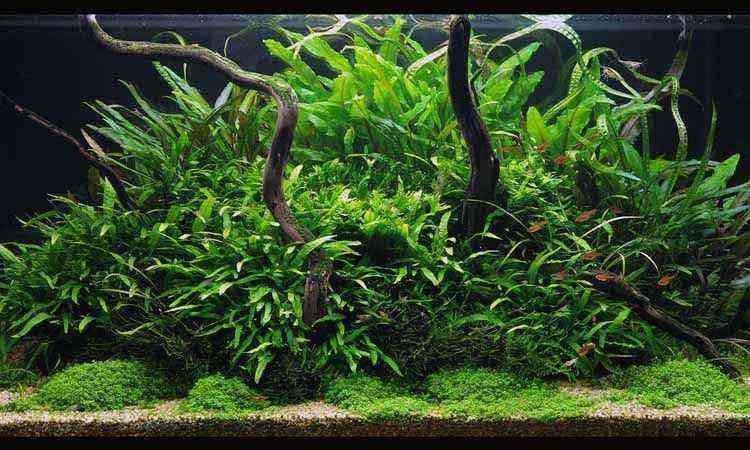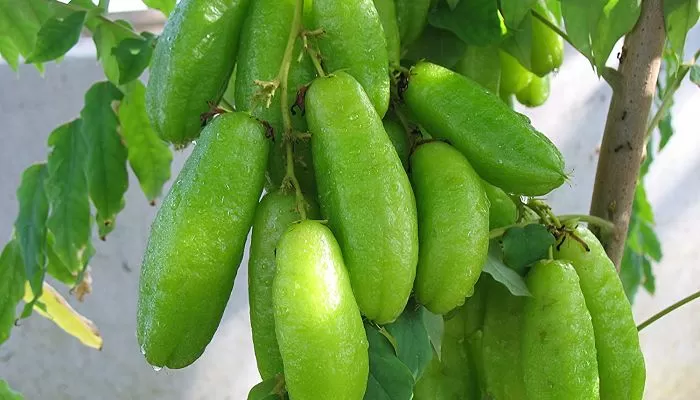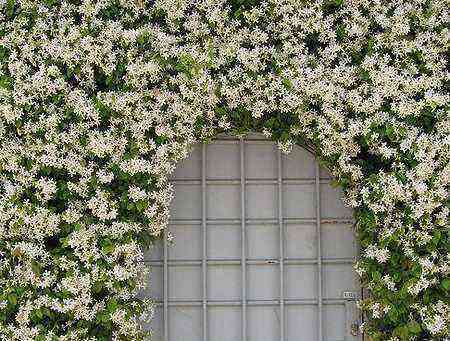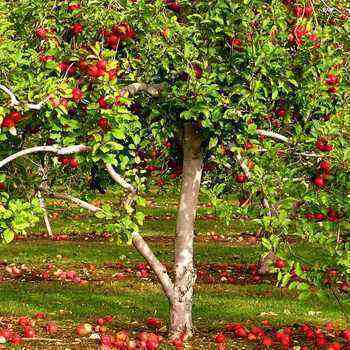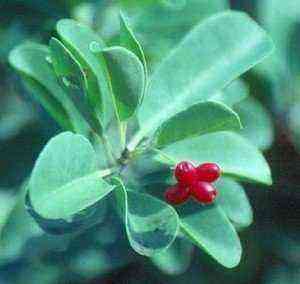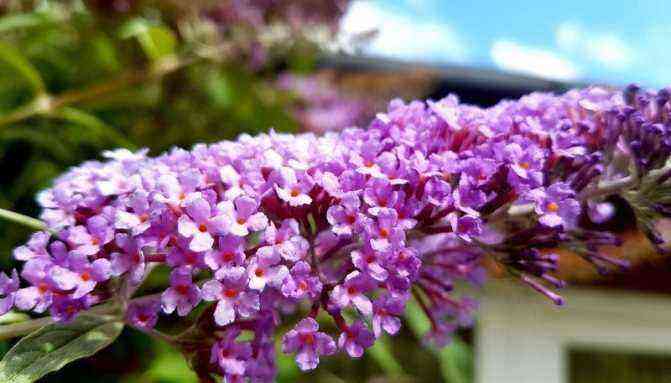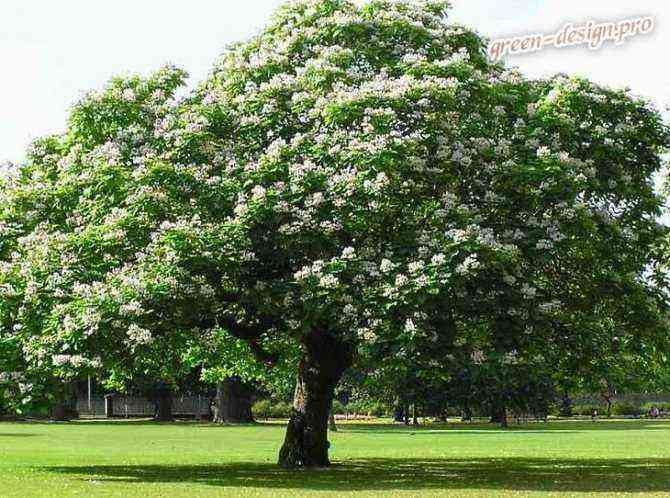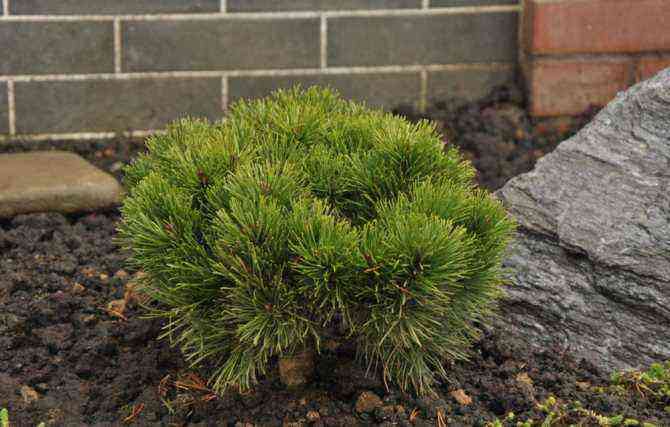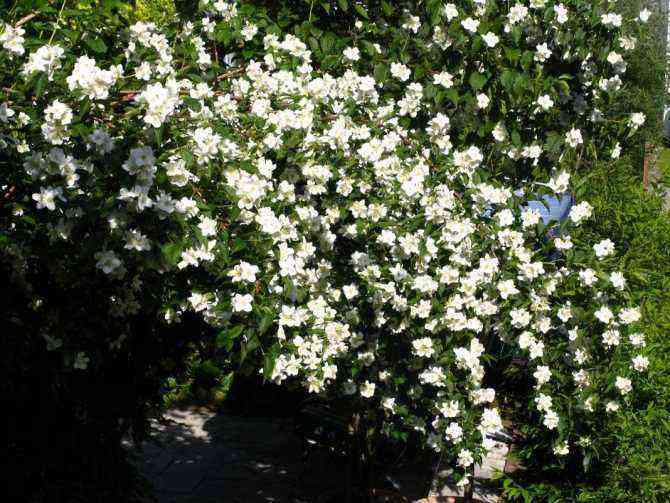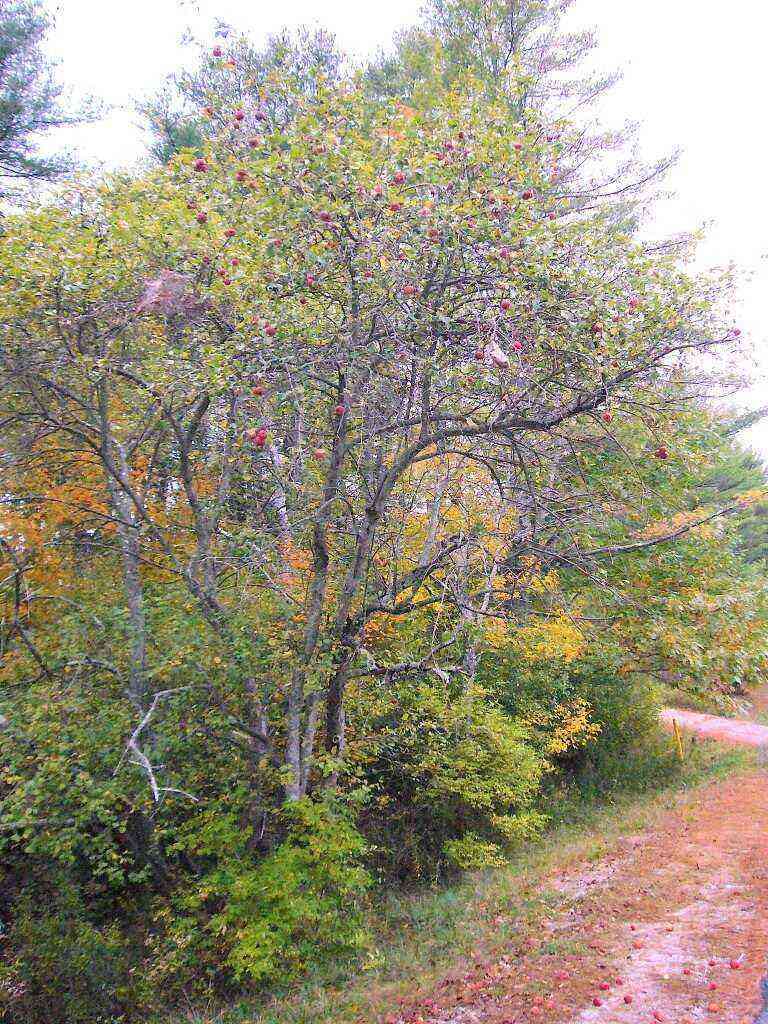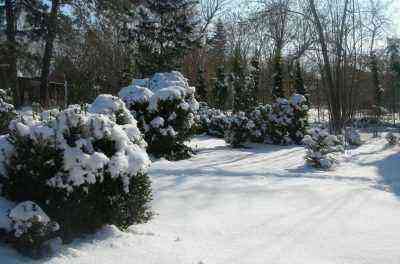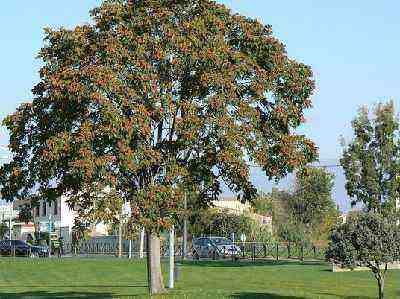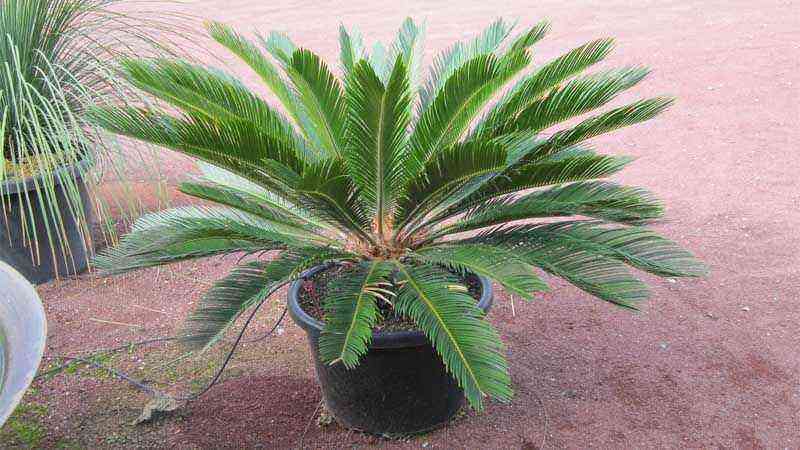Why and how raspberries are fed in the fall
Thanks to the autumn feeding, the plant will be able to “painlessly” endure the winter cold and lay healthy buds for the next year. Abundant fruiting is a rather energy-consuming process for a culture. The bushes absorb all the nutrients present in the soil, and if you do not feed, then the next spring the plant will not be able to give a large harvest, and the growth of the bush itself will slow down.
Important! Top dressing of bushes that finish bearing fruit in the middle or late summer is also called autumn, because before fertilizing the soil, they withstand a short period, and nutrients are introduced in the fall.
How to identify nutritional deficiencies
Knowing the obvious signs of a deficiency in phosphorus, nitrogen, magnesium or potassium will help determine the need for nutritional support for raspberry bushes. What you should pay attention to:
- With a lack of nitrogen, the lower leaves of the bush turn yellow, curl up and stop growing. If signs of deficiency appear in the fall, then it is better to transfer feeding to the beginning of spring. Otherwise, the shoots will not have time to get stronger and prepare for the cold weather.
- Weak and thin young branches are a sign of phosphorus starvation. Leaves turn purple, crimson or purple hues. If such signs appear, it is urgent to add phosphorus-containing chemicals.
- Due to the lack of potassium, the leaves of the raspberry bush turn brown, and their edges begin to die off. This phenomenon is called “marginal necrosis”. The plant should be fed with preparations containing potassium, which will help it prepare for frost.
If it is not possible to feed the soil with “industrial” fertilizer, it is recommended to plant green manure plants (lupine, vetch and oat mixture, or mustard). It is best to do this before planting the main crop or after harvesting the raspberry. Siderata are grown specifically to normalize soil conditions and saturate them with nutrients. Before the onset of winter, the soil is dug up together with plant fertilizer – so the “fertilizer” crops can mix with the soil, rotate and saturate the soil with useful substances.
Did you know? The term “siderates” was introduced into use in Rome. It comes from the word “sidera” and means “the star that fell from the sky.” Roman agrarians noticed that green manure plants play an important role in growing other crops, which in the future will make it possible to abandon other fertilizers altogether.
How to feed, taking into account the type of soil
It is very important to fertilize the raspberries according to the rules. The soil in all areas is different in composition and the need for certain useful substances also differs.
Sandy soil “suffers” from a deficiency of mineral and organic components. Therefore, it must be fertilized regularly. It is recommended to cover such land with mulch or plant green manure plants. It will fertilize the planting site and cow dung well. The amount of fertilizers in clay soil is recommended to be applied 1,5-2 times more (from the standard rate).


Ready-made fertilizers for feeding raspberries: a list of the best
If you do not want to bother with the preparation of fertilizers, then feeding raspberries in the spring can be carried out using ready-made mixtures. For this, complex fertilizers are usually used, where everything you need is available. Please note that they also need to be bred. This is done according to the instructions on the packaging.
- Gumi-Omi “Berry”… It can be used for a wide variety of shrubs, including raspberries. Its main component is chicken droppings. It has a great effect on plants and allows them to grow strong and fruitful.
- Gardeners often purchase specialized fertilizers. The fact is that their effect lasts a long time, not a short time. They are usually available in the form of granules that do not require dilution. It is enough to simply distribute them near the bushes and water. This is “Berry bushes” from Fasco.
Organic
Organic fertilizers are usually abundant in nitrogen, calcium, phosphorus, and potassium. If you make such a top dressing at the end of summer, immediately after pruning, then the composition will have time to decompose, strengthen the root system and the raspberries will give a bountiful harvest next season. For fertilizing the raspberry soil, the following organic matter is best suited:
- Chicken droppings… This is one of the most effective dressings in the fall. It is recommended to introduce it in liquid form.

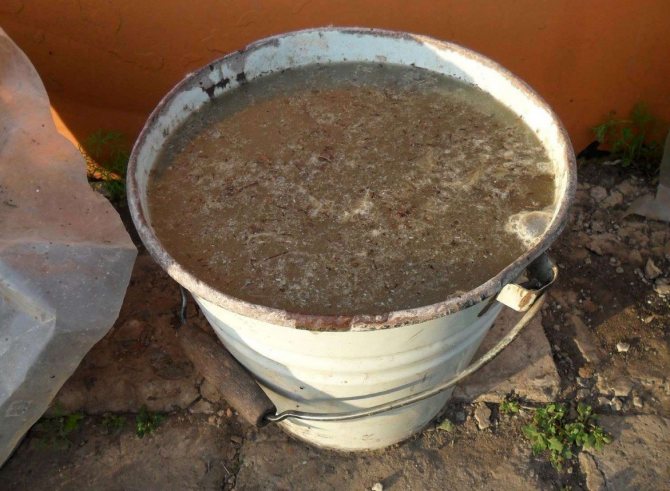
But such a fertilizer contains a high content of active substances that can burn the roots. Therefore, you should dilute the droppings with water in a ratio of 1:20 and add 0,5 liters of solution under each bush.
Important! The soil slowly assimilates nitrogen contained in bird droppings. Therefore, it is better to fertilize them with classic and remontant varieties of raspberries immediately after harvest.
—
at the end of summer. - Cow dung… For 1 m² of soil, there should be 5-10 kg of rotted manure. Such feeding will promote the spring growth of raspberries and protect the root system from frost.
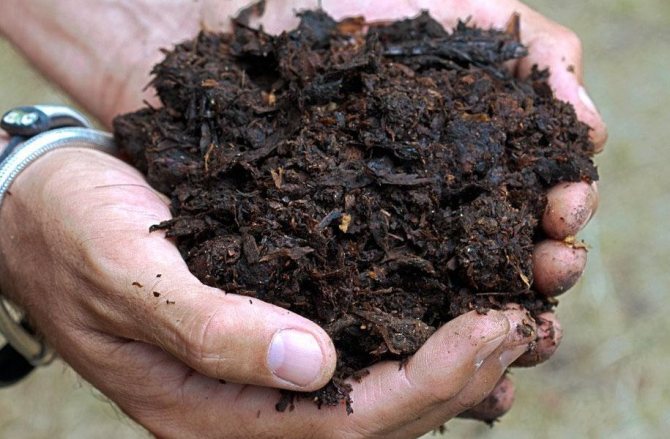
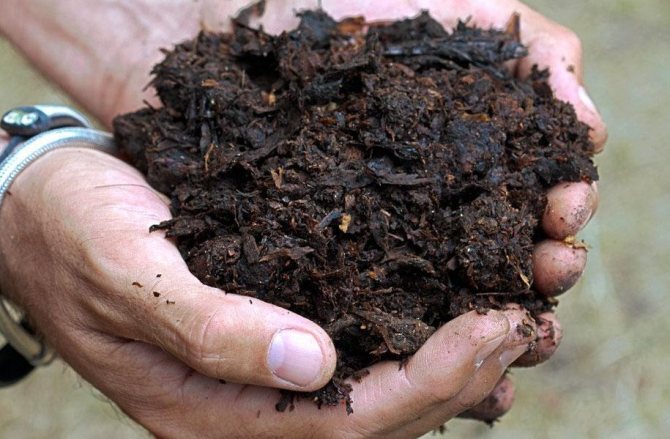
- Compost… Such organics must thoroughly re-grind. Optimally – more than a year. Compost feeding intensively nourishes the soil with useful components and destroys pathogens. It is best made from weeds, tops or fallen leaves.


- Bone flour… Saturates the soil with phosphorus and potassium. For 1 m², 200-300 g of dry fertilizer is applied. After this, it is possible not to fertilize the soil with phosphorus-containing preparations for 2-3 years, since the flour will release useful substances into the soil for the entire specified period.


The first feeding of raspberries in early spring: application scheme

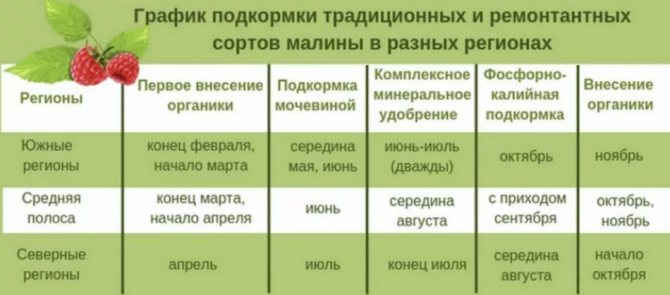
Raspberry feeding schedule
The first feeding of raspberries in the spring, as a rule, is combined with loosening the soil. In early spring, it is recommended to use nitrogen fertilizers, in particular urea and ammonium nitrate. It is also advisable to add superphosphate, potassium salt and wood ash.
When feeding, follow a few rules:
- Moisten the soil well before adding mineral fertilizers. Pour it thoroughly with water. Then the plants will take feeding very well.
- Loosen the soil very carefully, without penetrating deeply. Otherwise, you can disrupt the fertile layer and damage the roots, which are now very fragile.
- Try not to get on the leaves and stems with the solution. Also, be careful about the dosage so as not to add too much
- It is recommended to do top dressing on cloudy days or in the evening.
When you apply inorganic fertilizers, first mulch the soil with organic matter. For example, you can add peat or compost
Folk methods
In order to fertilize the plant, not only industrial preparations are used, but also natural, herbal ingredients. Recommended nutritional compositions:
- В banana peel contains a lot of potassium, which makes it incredibly healthy for raspberries. Within a week, 10 fruit skins are infused in 10 liters of water. The resulting solution is poured over the ground under the bushes, which will help saturate the roots with useful substances.


- Baker’s yeast will contribute to the rapid dissolution of the applied organic fertilizers and will enhance the nutrition of the bushes. So, 10 g of dry yeast and 100 g of sugar must be dissolved in 10 liters of warm water. Let it brew for 3 hours and mix with water in a 1: 5 ratio. Each bush is watered with this mixture. If you use compressed yeast, then 10 g of product should be used for 500 liters of water.


- Lukovaâ Husk will help to saturate the raspberry with potassium and protect it from pests. Within two weeks, 50 g of husks are infused in 10 liters of water. The resulting solution is watered with raspberry plantings.


- Nettle and comfrey are used to strengthen the immunity of the plant, accelerate growth and saturation with potassium, magnesium and calcium. Within two weeks, it is necessary to insist in 10 liters of water, 0,5 kg of each type of grass. Then the solution must be filtered and diluted with water in a ratio of 1:10. Fertilizer is watered around the soil around each bush.
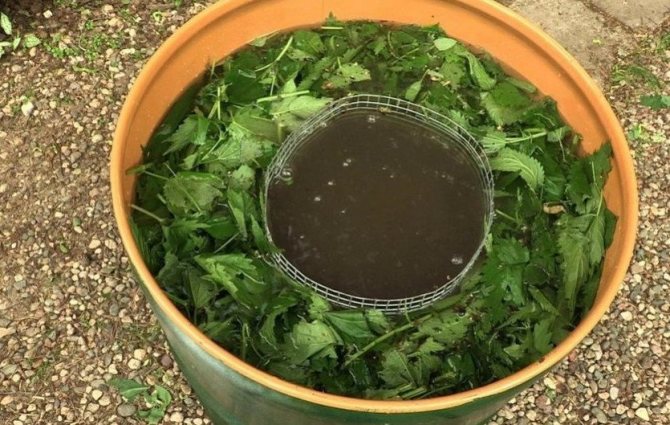

- Infusion of 2 liters of chicken manure, 3 kg of manure, 1 kg of nettle and 0,25 kg of ash… The components are soaked in 20 liters of water and infused in a warm place for one week. Then the mixture is diluted with water in a ratio of 1:10. Top dressing is carried out at the rate of 0,5 liters per 1 bush.
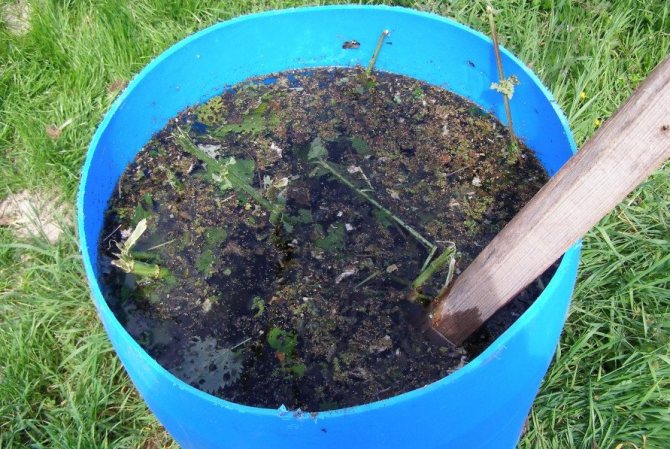
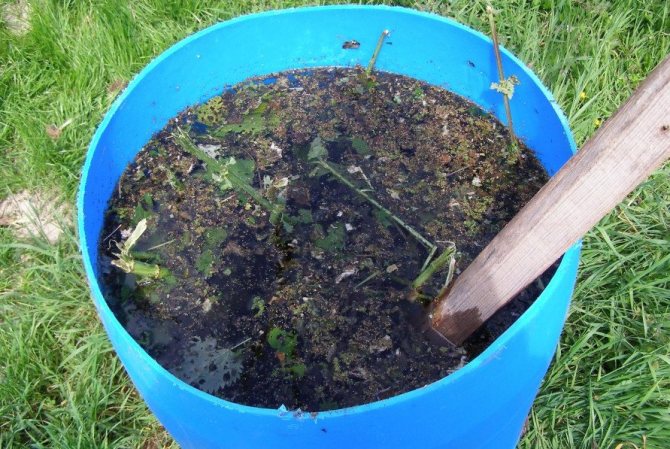
Raspberries – top dressing in the spring: advice from experienced gardeners
Experienced gardeners know exactly how to feed raspberries in the spring. They give several recommendations that you should pay attention to:
- If, when planting a raspberry bush, you have already applied fertilizers, then for two or three years you can forget about feeding it. If you apply too much fertilizer, the plants will simply die.
- Before adding any nutrients, the shrubs need to be watered with clean water. This should be done not before the procedure, but in about a couple of hours. Only then can fertilizers be applied. Otherwise, the roots will get burned.
- If you apply liquid fertilizers, then they should not get on the above-ground part of the bush. If the liquid gets in, then be sure to rinse these places.
- Fertilizer is recommended to be applied in the evening or in the morning, as well as on cloudy days. It is not necessary to carry out procedures at noon
Preparing a winter shelter
Shelter for the winter for raspberry bushes is necessary not only in regions with cold climates. This culture is relatively thermophilic, especially for remontant varieties and elite species. In addition, there is a great risk of a snowless and unpredictable winter, when frosts “hit” uncovered land. In such conditions, even the most resistant varieties are on the verge of death. When organizing a winter shelter for raspberries, you can use the following methods.
You may be interested in: How to feed indoor flowers at home
Proven ways to shelter raspberries for the winter:
- The aisles are covered with sawdust and leaves. It should be noted that raspberry leaves, as well as other fruit crops, are not used, because garden pests can hide in them. For these purposes, foliage of walnut, mulberry and fallen needles are used.
- You can use straw in the root area. Mulch, peat and spruce branches have a similar effect. If it is impossible to use these materials, you can throw on branches (keep the snow), as well as boards or tops of plants.
- Shoots are bent and fixed at the ground with staples or covered with boards, burlap or roofing felt. You can link the shoots together, as well as come up with another similar design.
- The root area is sprinkled and covered with earth. Drainage channels are provided if necessary. Raspberries will not thrive in wetlands, but tall beds do not produce large yields. It is best when moisture does not accumulate at the roots, but the plant is not threatened with freezing.
- In severe winters, it is advisable to wrap the shoots in straw and wrap them in agrofibre or spunbond. Such protection will provide maximum insulation, but at the same time there is a great risk of the shoots damping out in warm weather. In addition, such a shelter must be removed at the first warming, which is fraught with freezing during return frosts.
It is very important to find the right time for cover. If you do this too early, the shoots can wither and rot. It is advisable to wait for a stable decrease in the ambient temperature, and only then start work. An ideal hiding place should also be able to be ventilated or removed temporarily to prevent rotting during unexpected warming.
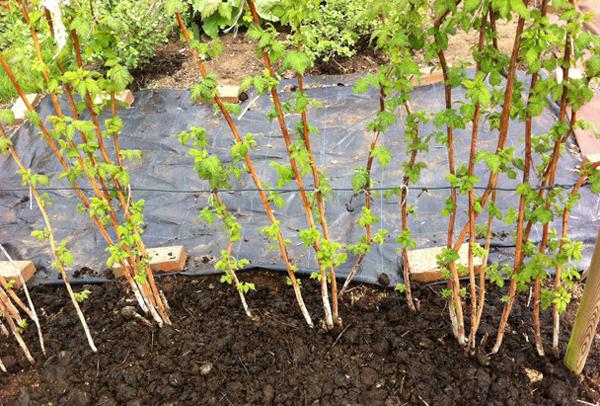

In the spring, when a stable temperature approaches, the shelter is removed, and the shoots themselves are examined for damage and rot. If the shelter was done conscientiously, and the weather was favorable, most of the plants should remain viable. Tying branches to trellises and performing other procedures is necessary after removing frozen branches.
You may be interested in: Clematis: care in the fall, feeding, pruning
Useful tips and practical experience of preparing raspberries for winter will be given by the proposed video. Feeding raspberries in the fall ensures a good harvest for the next year. In addition, it is necessary to take care of high-quality soil cultivation in advance, to prevent pests and diseases. The main points of autumn care for bushes, treatment of raspberries from pests and useful tips from experienced gardeners can be found in our article.
